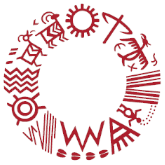Protect and Advance
The Nlaka’pamux Nation Tribal Council (NNTC) was established and exists to protect and advance Nlaka’pamux title & rights.
Welcome Message
Who We Are
Protector of Nlaka’pamux Title and Rights
The Nlaka’pamux Nation Tribal Council (NNTC) exists to protect and advance Nlaka’pamux title and rights. Title and rights are our way of life, our ties to the land and our responsibility to protect for future generations. Title and rights are communal in nature. Our work advances many aspects of Nlaka’pamux life including: culture, natural resources, health, economics and jurisdiction.
As Indigenous peoples we are inherently connected to the land and water, connections upon which our well-being depends. Fishing is the lifeblood of the Nlaka’pamux Nation; children and Elders its greatest resources. It is through our stories that we pass on our traditions and culture and it is within these stories that Nlaka’pamux laws are grounded.
We are guided by the wisdom of our ancestors and elders, by the Nlaka’pamux Resolution on Natural Resources and by the fundamental law:
Take care of the land and the land will take care of you.


“Ash QUA.nshta a demEEwuh aksh ashQUA.nshch a.WEE
– Take care of the land and the land will take care of you.”
What We Do
Protecting and Advancing Nlaka’pamux Title and Rights
The NNTC works in diverse ways to protect and advance title and rights, from work on the ground such as running the fishery and doing archaeology, research and archival work, to arguing cases in the Supreme Court of Canada.
Consent based decision making and the exercise of jurisdiction are fundamental to the work of NNTC. We engage with proponents seeking to develop projects such as forestry and mining ventures within the Nlaka’pamux Nation to ensure they are consistent with Nlaka’pamux title and rights.
While developing economic well-being and environmental sustainability is core to our work, we are also actively engaged in fire recovery and emergency preparedness and work to protect Nlaka’pamux culture, enhance health and promote child and family well-being.
Engagement
View PDF



